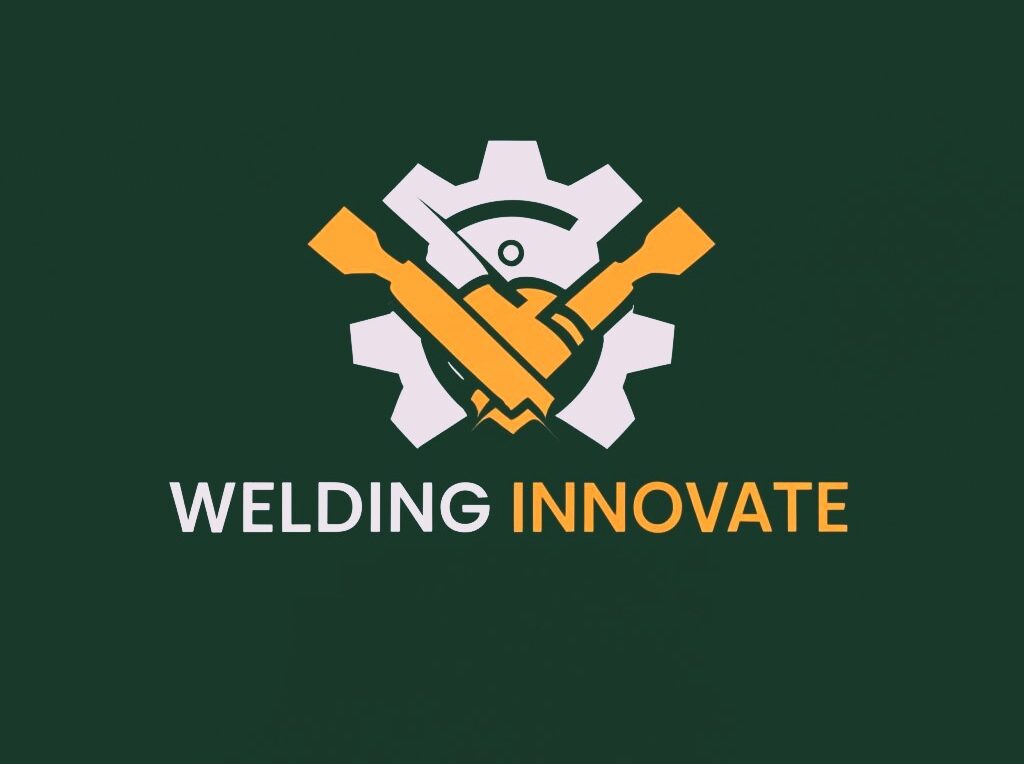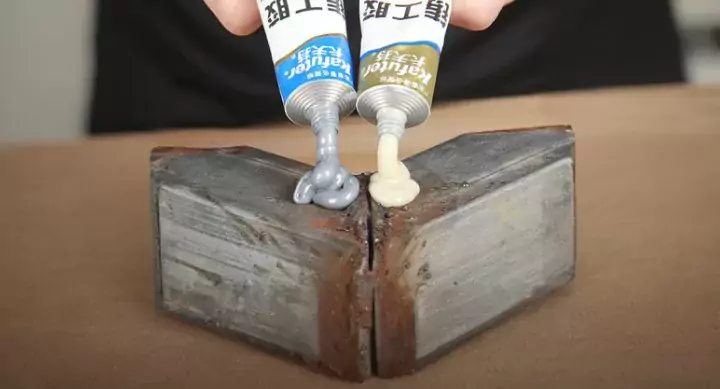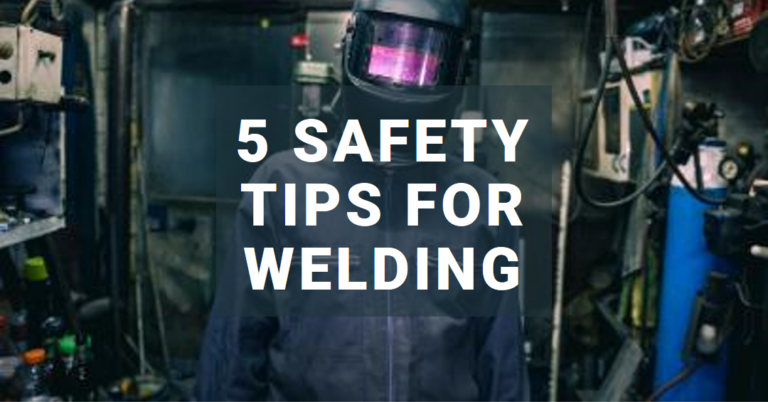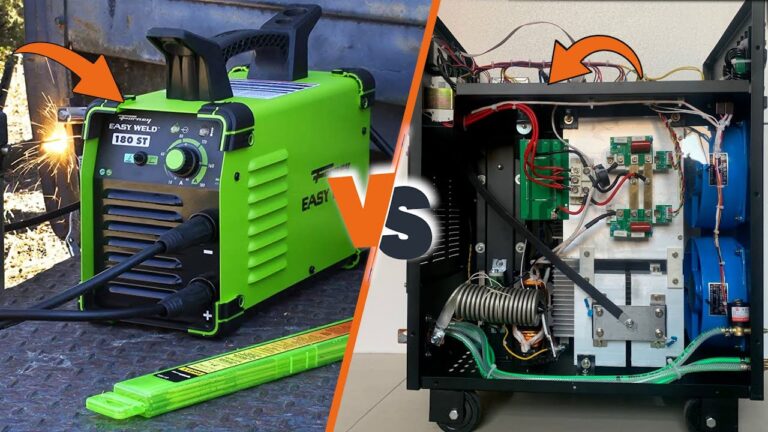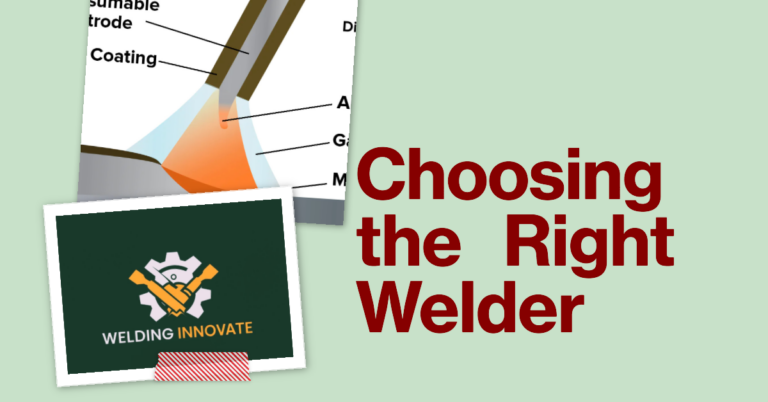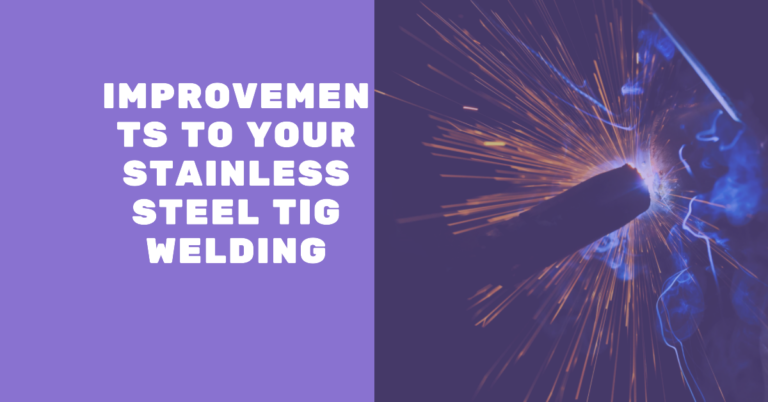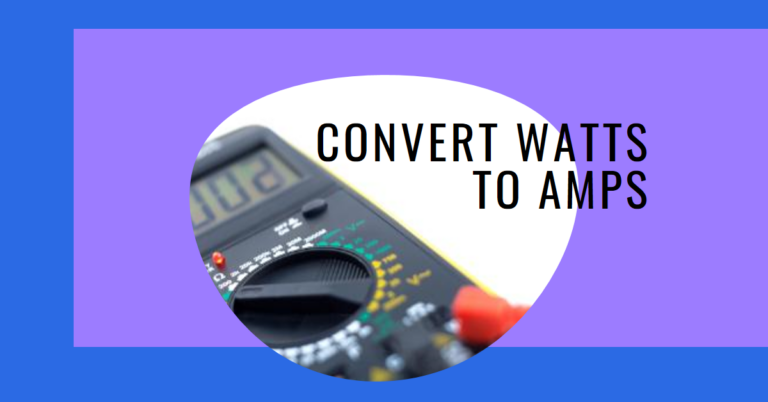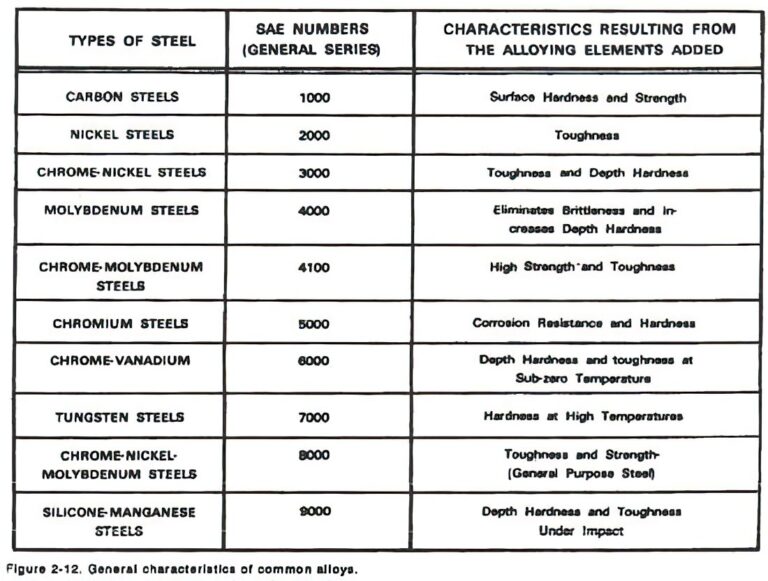In the 19th century, types of metal structures were joined by riveting. For example, this is how the famous Eiffel Tower was made. In the XX century, metal was most often joined by welding. And in the XXI century, the most relevant way of connecting metals is gluing, a convenient alternative to welding.
Metal-to-metal bonding is a process in which two surfaces of metal are glued to each other using a special metal glue. There are different types of metal glue that are effectively used for metal bonding such as epoxy for metal, acrylic adhesives, and polyurethane-based adhesives. These epoxies come in transparent or opaque forms and can be fast or slow setting.
Using glue to join metals has its advantages, such as the strong bond, resistance to vibration, and the ability to bond metal surfaces of various shapes and sizes. If the Eiffel Tower were being built today, the parts would probably be glued together with super glue instead of riveted, creating a high-strength bond.
Before answering the question of what to glue the right metal to metal with, it is necessary to clarify some essential points:
- Where will the bonded metal structure be used?
- What strength characteristics should the bonded structure have?
- What stresses will be placed directly on the adhesive bond?
- What type of loads act on an adhesive bond?
- What metals will be bonded together?
- How exactly will the metal be bonded?
By answering these questions, you will be able to determine the criteria and properties that a given industrial adhesive should possess. For example, if the adhesive is for outdoor use, it should be able to withstand various weather conditions. If you’re working on household repairs, you might need a fast drying adhesive. Always remember to wear latex or nitrile gloves for safety, and have some mineral spirits on hand for cleanup.
Once the adhesive is applied, you may need to clamp the surfaces together until the adhesive is dry to ensure a secure bond. This two-part system of applying the adhesive and then clamping ensures a strong, durable bond between the two metal surfaces.
What type of adhesive to choose for metal
Bonding metal is not inferior in reliability and strength to welding. It is faster, easier and cheaper to glue metal to metal than to weld it. Glued metal structures are resistant to vibration and mechanical effects. Glue also allows you to connect metal and other materials, such as metal and plastic or wooden parts.
But the effectiveness of bonding depends on the choice of the appropriate adhesive, the area and geometry of the surface to be bonded. Modern metal adhesive is made with synthetic bases.
Epoxy glue for metal
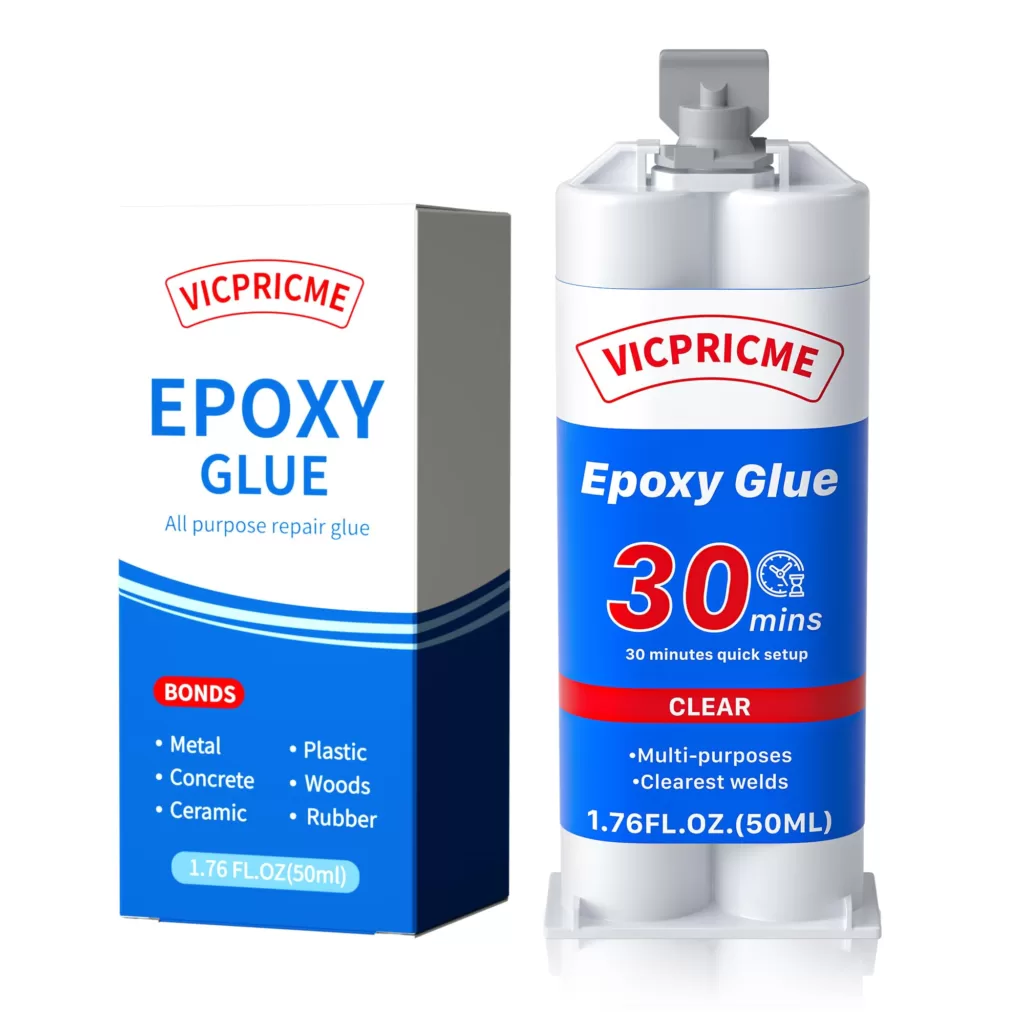
This type is used both in the home and in the household, as well as in industry and construction. Epoxy glue is relatively inexpensive. It is resistant to high and low temperatures, to water and to chemical agents such as gasoline, kerosene, coolants. Therefore, it can be used for outdoor work and for bonding parts that are in aggressive environments.
Epoxy glue is sold in two containers. One contains the epoxy resin and the other contains the hardener. The resin and hardener must be mixed before use. Depending on the type of epoxy base, the mixture should be used within a few minutes or hours.
Epoxy adhesive has an important property: it can be filled with different materials, such as ceramic or metal chips. This increases the strength of the bond and gives the adhesive base the qualities required in a particular situation. For example, epoxy adhesive can be used to restore the shape of metal parts thanks to the filler. A simple example is the restoration of screw threads.
Epoxy adhesive is suitable for bonding large and medium-sized surfaces.
Please note, adhesive compounds with commercial names like “cold weld” are epoxy glue. Do not confuse the adhesive with cold welding technology. It is a hardware method of joining metal by deforming its surface.
Double-sided tape for metal
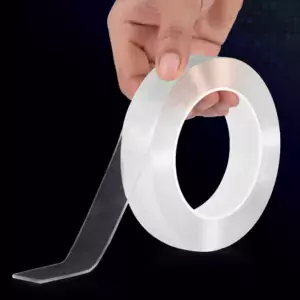
Adhesive tape is used to connect metal surfaces in the home, in auxiliary farms and in production. It is a polypropylene or foam base, on which an adhesive is applied on both sides.
Double-sided tape is heat- and moisture-resistant. It is also plastic, so it is used to connect structures of complex shapes. Most often double-sided tape is used to connect metal parts of small mass. For example, with scotch tape you can glue a car mirror or towel holders.
Anaerobic glue for metal
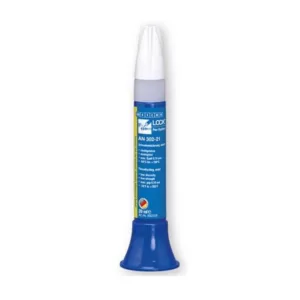
It is used for gluing threads, bushings, shaft-to-bushing, shaft-to-bearing systems, filling gaps, and as a sealant. The adhesive is a liquid composition that hardens in contact with metal ions without access to oxygen.
Reference: anaerobic glue contains components that, when in contact with oxygen, create an airtight outer film. Underneath, the conditions necessary for the adhesive to cure are created. Anaerobic adhesives differ in viscosity and bond strength.
Cyanoacrylate adhesive

A popular option is a cyanoacrylate-based adhesive. It firmly connects metal surfaces, retains properties at low and high temperatures. Cyanoacrylate glue quickly fixes the parts. When bonding metal at temperatures between 20 °C and 30 °C, the surfaces are fixed within 5 seconds. The adhesive is fully polymerized and hardens within a day.
Cyanoacrylate glue is suitable for bonding small parts. It is used to bond stainless steel or high-alloyed steel products. This type of adhesive is also highly durable and resistant to aging.
Methyl methacrylate glue and its applications
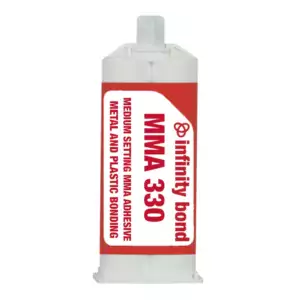
Methyl methacrylate adhesive is a type of adhesive that has high impact resistance and a wide range of applications. It is used extensively in the automotive and construction industries where a secure bonding of materials is required. This professional structural adhesive is an essential part of many projects where a strong and durable bond is important. Due to its characteristics, methyl methacrylate adhesive provides not only strength but also resistance to various factors such as vibration, shock and temperature changes making it an indispensable material for demanding tasks in various industries and construction.
How to properly glue metal step by step
To glue metal surfaces, adhere to the following algorithm of actions. Welder’s glue is the best glue for metal, it’s the strongest and won’t shrink.
1. Choose the right glue
For large surfaces that are glued overlapping, choose an epoxy glue. For small parts, a cyanoacrylate-based adhesive is suitable. Anaerobic glue is used for gluing threaded joints, shaft-to-bearing systems.
If you need to bond surfaces quickly, it is better to use cyanoacrylate glue. If parts need to be positioned or moved relative to each other, choose epoxy glue. It will not cure immediately, so you will have time to move the parts around.
2. Sand the surfaces with a metal brush or sandpaper
There are two tasks to accomplish at this stage. First, brushing or sanding allows you to clean the surface of rust, oxide film, and paint residue. Coarse contaminants interfere with the strong connection of surfaces, so they must be removed.
Secondly, abrasive blasting reduces the smoothness of the surface. This increases the bonding area of the metal parts and ensures a strong connection.
Choose a surface cleaning tool depending on the task at hand. For example, you can clean a small part by hand using zero or one piece of sandpaper. For large rusted or painted surfaces, you can use a power tool, such as a power drill with an abrasive disk brush or an abrasive drill attachment.
3. Degrease the surfaces
The surface can be degreased with absorbent cotton or rags soaked in acetone or other cleaner recommended by the adhesive manufacturer.
4. Mix two-component adhesive
If using a one-part adhesive, skip this step.
Use a suitably sized container, such as a plastic container, to mix the epoxy adhesive and hardener. Use a suitable tool, such as a plastic spatula, to mix the adhesive.
The epoxy adhesive must be mixed before use
5. Apply the glue to the surfaces and join them together
Use a plastic spatula to apply the glue. A match can be used for household purposes. Apply glue to both surfaces. Connect and press the metal parts firmly together.
To hold the parts securely, make sure that the joint is immobile for the curing time of the glue. Refer to the product’s instructions for specific times.
6. Protect the joint from moisture until the adhesive has fully cured
Metal adhesive needs to be protected from moisture until the adhesive is fully cured. If you are gluing parts that are outdoors, protect them from rain, dew, and high humidity.
Paint the joints with a water-repellent paint, move the metal parts indoors or cover them with an awning. If possible, keep metal products at room temperature until curing.
Personal Experience:
As a DIY enthusiast, I recently embarked on a project that required bonding metal pieces without resorting to traditional welding methods. After extensive research, I settled on using epoxy glue for metal, a versatile adhesive that seemed to align with great
My project involved creating a metal frame for a custom-made piece of furniture. The choice to use epoxy glue was based on its reputation for providing a strong bond, resistance to various environmental conditions, and versatility in bonding different metal surfaces
Using epoxy glue for the metal bonding process was a seamless experience. The two-part system, consisting of epoxy resin and hardener, allowed for precise mixing before application. The ability to fill the adhesive with metal chips enhanced its strength, a feature I found valuable for my project.
Likes and Dislikes:
What I Liked:
Versatility: Epoxy glue’s ability to bond various metal surfaces of different shapes and sizes was impressive.
Strength: The resulting bond was strong, resistant to vibrations, and suitable for outdoor use.
Ease of Use: The straightforward application process and the detailed guide made the entire experience user-friendly.
What I Didn’t Like:
Curing Time: Depending on the specific epoxy base, the curing time varied. Some mixtures needed to be used within a few minutes or hours, which could be limiting for certain projects.
Conclusion
Bonding metal is easier and faster than welding. And modern glue provides bonding strength comparable to welding. For bonding metals in household and industry, two-component epoxy glue is usually used. In industry and construction, anaerobic glue and glue based on methyl methacrylate, polyurethane, cyanoacrylate are common.
What is the best metal glue?
The best glue for metal is the one that suits your specific needs. However, many people find that epoxy resin, such as Loctite Epoxy Weld Bonding Compound, is a strong and durable option for gluing metal. It’s important to choose the right glue for the job to ensure a tight seal without gaps.
How do you bond metal to metal without welding?
You can bond metal to metal without a welder by using a strong adhesive like epoxy or polyurethane glue. First, clean the metal surfaces to ensure a strong bond. Apply the glue to the metal surfaces and press them together firmly to ensure a tight seal. Leave the parts undisturbed as the bond forms.
How do you glue two metal pieces together?
To glue two metal pieces together, first clean the surfaces of the metal. Apply the glue to the metal surfaces and press them together firmly. Leave the parts undisturbed as the bond forms.
Can I glue metal with a glue gun?
While a glue gun can attach metal pieces, it may not provide the strongest bond. Hot glue is not typically recommended for heavy-duty applications as it can break under stress.
What kind of glue will hold metal?
Various types of metal adhesive can hold metal, including epoxy, super glue, and polyurethane glue. The choice depends on the specific requirements of your project.
Does hot glue hold metal together?
Hot glue can hold metal together for light-duty applications, but it may not be the best solution for heavy-duty or high-stress situations.
Will Gorilla Glue stick metal to metal?
Yes, Gorilla Glue can stick metal to metal. It’s a polyurethane glue that’s great for outdoor use and can bond well to most common metals.
Will J-B Weld hold two pieces of metal together?
Yes, J-B Weld is a special glue that can hold two pieces of metal together. It’s a two-part epoxy system that includes a resin and a hardener.
What is the strongest way to join two pieces of metal?
Welding is often considered the strongest way to join metal. However, if welding is not an option, using a strong adhesive like epoxy can also create a strong bond.
What is the best epoxy for metal?
One of the best epoxies for metal is Loctite Epoxy Weld Bonding Compound. It sets in 5 to 12 minutes and can be used across a wide range of temperatures.
What process can permanently join two pieces of metal and also creates the strongest joint?
Welding is a process that can permanently join two pieces of metal and creates one of the strongest joints. However, if welding is not possible, using a strong adhesive like epoxy can also create a durable bond.
